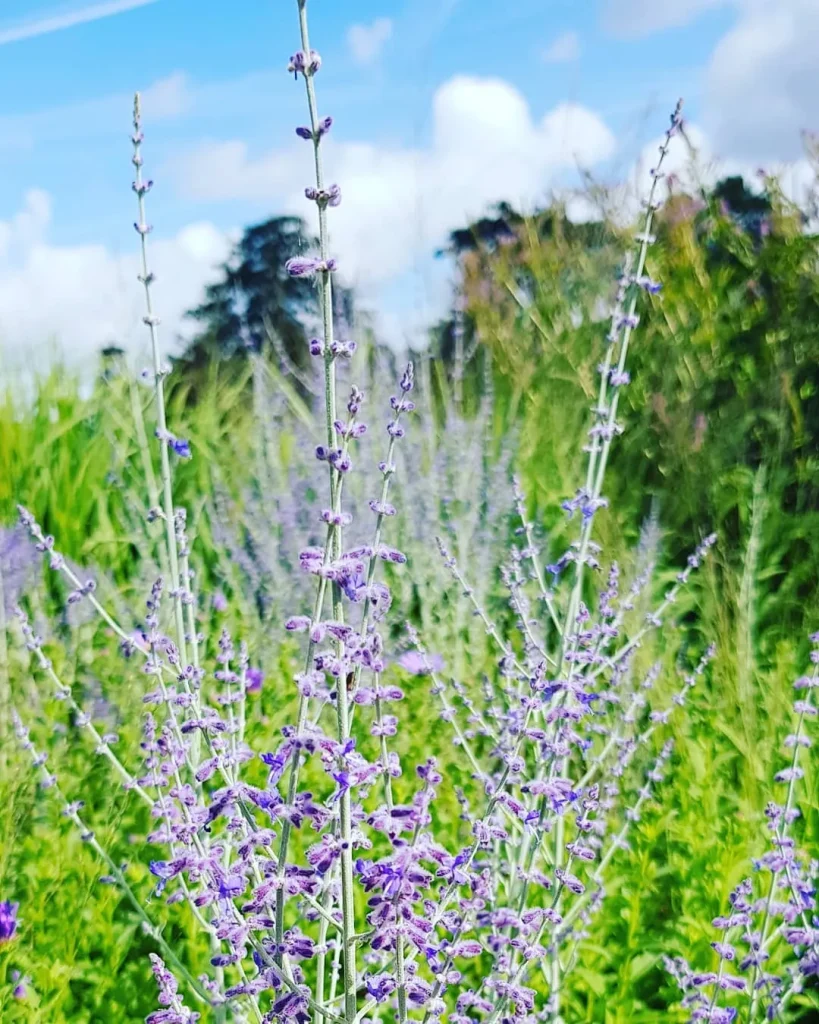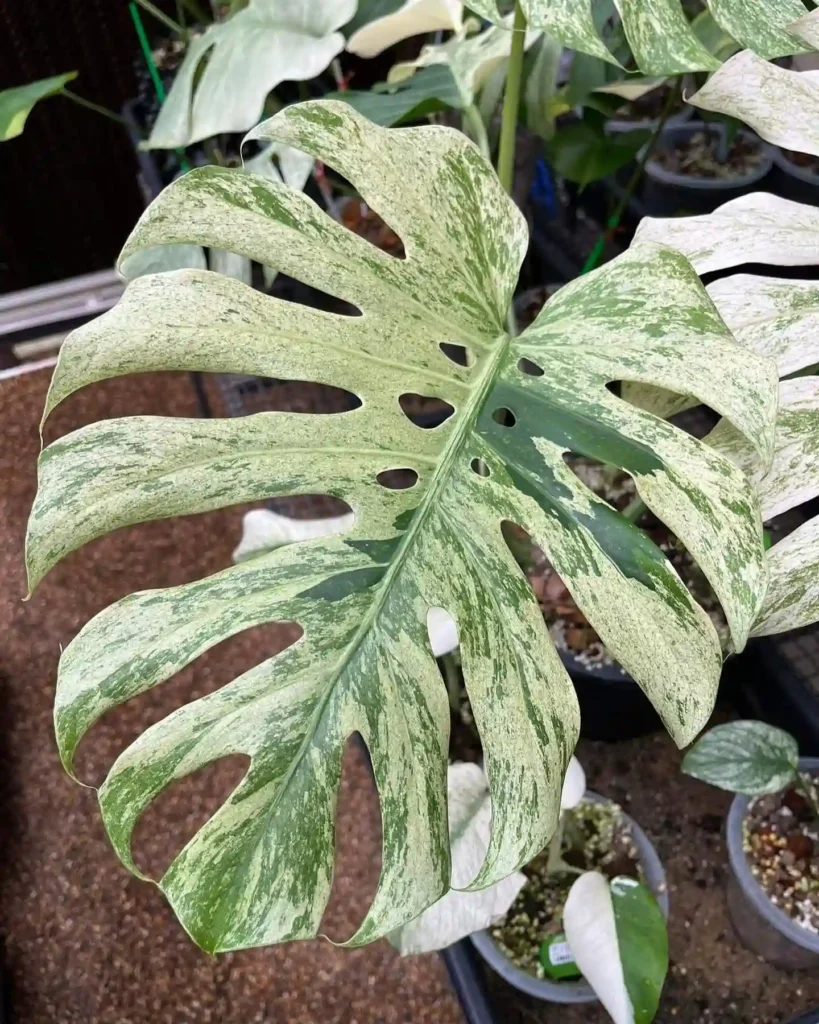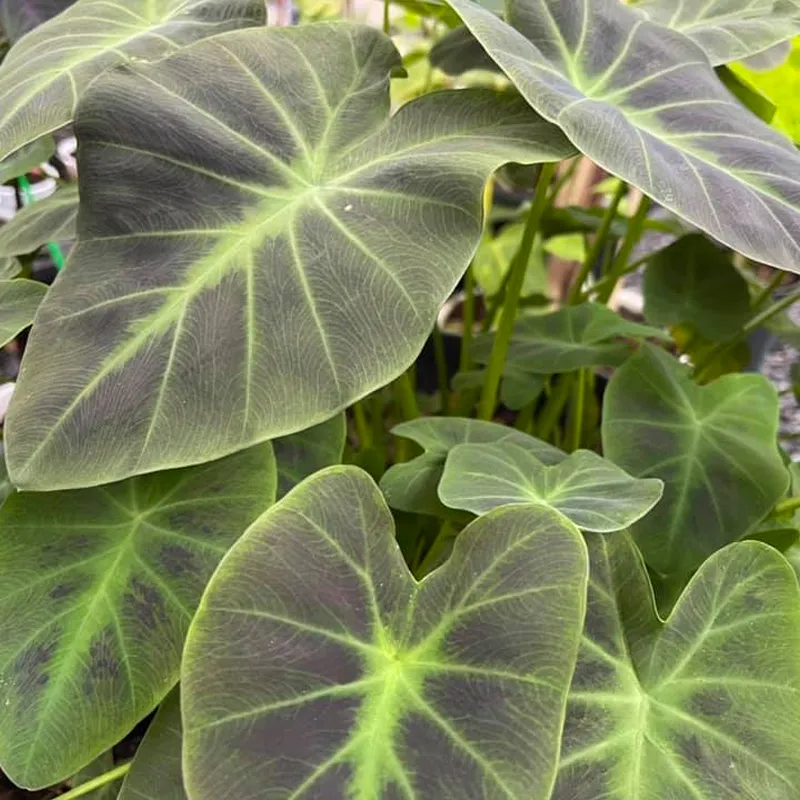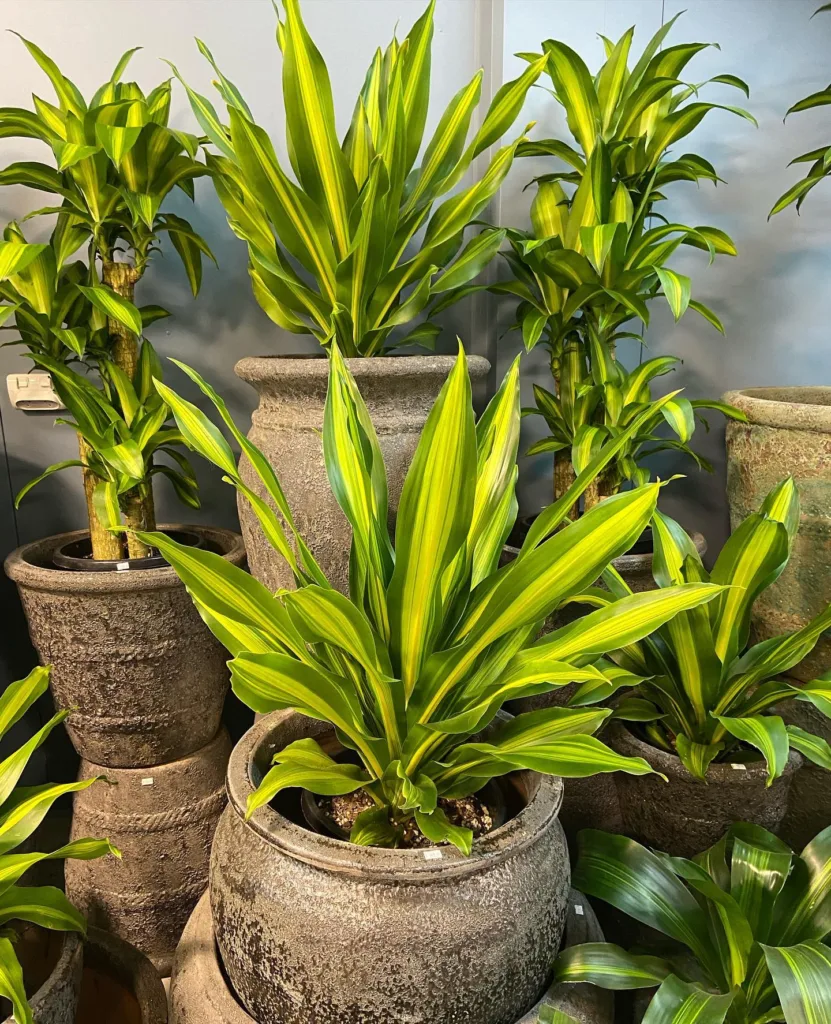Exploring the Osmundaceae Family of Ferns
As a plant enthusiast, I’ve always found myself drawn to the lush world of ferns, especially those belonging to the Osmundaceae family. This family is home to some of the most fascinating and resilient species, including Leptopteris, Osmunda, Osmundastrum, and Todea. Each of these genera brings a unique charm and ecological significance to the table. In this article, I want to share my experiences with these ferns and delve deeper into their characteristics, care needs, and contributions to our ecosystems.
Understanding the Osmundaceae Family
The Osmundaceae family, often referred to as the royal ferns, comprises several genera that are primarily found in wetland habitats. These ferns have adapted to thrive in environments ranging from marshes to riverbanks, showcasing their ability to tolerate both moist and seasonal drought conditions.
One of the striking features of the Osmundaceae family is its ancient lineage. Fossils dating back to the Jurassic period have been found, demonstrating that these ferns have existed for millions of years. Their resilience and adaptability make them a crucial component of many ecosystems, providing habitat for various wildlife species and contributing to soil stabilization.
Genera of the Osmundaceae Family
Leptopteris
Leptopteris is a lesser-known genus within the Osmundaceae family, featuring a handful of species, including Leptopteris tenuifolia. This fern is characterized by its slender, elongated fronds and delicate appearance. I remember my first encounter with Leptopteris in a shaded area of a botanical garden. Its intricate foliage caught my eye, and I was captivated by its ethereal quality.
Caring for Leptopteris can be relatively straightforward. It thrives in moist, well-drained soil and prefers partial to full shade. In my experience, providing adequate humidity is key to keeping these ferns healthy. They can also be propagated through spores, which adds an extra layer of intrigue for those who enjoy growing plants from seed.
Osmunda
Osmunda, the largest genus in the Osmundaceae family, includes several species, such as Osmunda regalis, commonly known as the royal fern. This species is known for its striking appearance, with large, feathery fronds that can reach impressive heights. I have a fond memory of hiking in a local wetland area where I spotted a group of royal ferns thriving in the wild. Their vibrant green color and majestic stature truly embody the beauty of nature.
Caring for Osmunda requires a bit more attention, as they thrive in consistently moist conditions. I’ve found that they appreciate rich, organic soil and benefit from regular watering, especially during dry spells. It’s important to ensure they have plenty of space to grow, as they can become quite large over time.
Osmundastrum
Osmundastrum is another intriguing genus within the Osmundaceae family, with Osmundastrum cinnamomeum (commonly known as the cinnamon fern) being the most well-known species. I remember the first time I encountered cinnamon ferns in a shaded woodland area. Their distinctive, furry stems and bright green fronds instantly stood out, giving them a unique appearance among the surrounding vegetation.
Cinnamon ferns are adaptable and can thrive in a variety of soil types, though they prefer moist, acidic environments. In my experience, they are relatively low-maintenance and can tolerate some sun exposure, making them versatile for different garden settings. They are also known for their beautiful cinnamon-colored fertile fronds that emerge in spring, adding visual interest to any landscape.
Todea
Todea, the last genus in the Osmundaceae family, includes species like Todea barbara. This fern is primarily found in Australia and New Zealand and is known for its large, leathery fronds. I had the pleasure of seeing Todea barbara during a visit to a botanical garden that focused on southern hemisphere flora. Its robust appearance and ability to thrive in varied conditions impressed me.
Caring for Todea is similar to other ferns in the Osmundaceae family. They enjoy well-drained, organic soil and consistent moisture. I’ve noticed that Todea can handle a bit more sunlight than other ferns, making them suitable for semi-shaded areas in the garden.
Conclusion
Exploring the Osmundaceae family has been a rewarding journey for me. From the delicate Leptopteris to the majestic Osmunda and the unique cinnamon fern of Osmundastrum, each genus offers something special. Understanding their care requirements and ecological significance can help us appreciate these ancient plants even more.
If you’re considering adding ferns to your garden, I highly recommend exploring the Osmundaceae family. Their beauty, resilience, and adaptability make them a fantastic choice for any plant lover. As I continue to learn and grow with these ferns, I look forward to sharing more experiences and tips with fellow enthusiasts.
If i die, water my plants!



